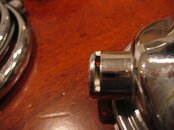Ok, since this thread has so much good info about 109's, I decided to keep using it instead of starting a new one.
Last night I was taking apart my 109's. In doing so, I found a couple of interesting tidbits that I wanted to share with everyone.
First off, I found 2 of mine that I had not yet had time to rebuild had a unique retaining clip in use. It appears to be a spare pin from a scubapro multi-tool. I included a normal retaining clip on the left for comparison.
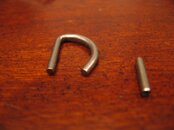
The next interesting thing I found was the spring pad in one of these. It is an older 109 (it only has a 6 digit serial number, as opposed to a 7 digit serial number on most of mine). It's a ball, not a pad. Very strange! I included a pad on the right for comparison.
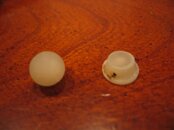
The next item from the same, older 109 was the lever. It looks like I've found one of the older levers. The macro focus point is not great, but you should be able to see the difference between the older lever (left in both photos) and the newer lever (right in both photos).
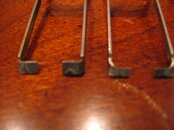
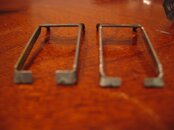
Next, the poppet assembly is also a bit different (again, this was in use with the older lever). The one in question is on the left. I have included a "normal" poppet assembly on the right, and what I'm guessing is the iteration between the two in the middle. Interestingly, the other 109 I was taking apart had the middle one in it.
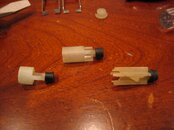
Finally, the orifice had a much thinner groove for the screwdriver head (I had to go hunting for a thin bladed screwdriver in order to remove it). Again, sorry for the bad macro focusing, but you should be able to see that one is much thinner (left) than the other (right).
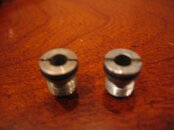
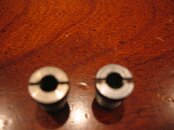
Finally, I noticed an odd phenomenon on a different subset of 109's. It appears that all of the 109's having a serial number in the 63xxxxx to at least the 66xxxxx all have a groove that holds the retaining clip in place. The ones with serial numbers above and below this subset do not have the groove, but all of mine in this subset do.
